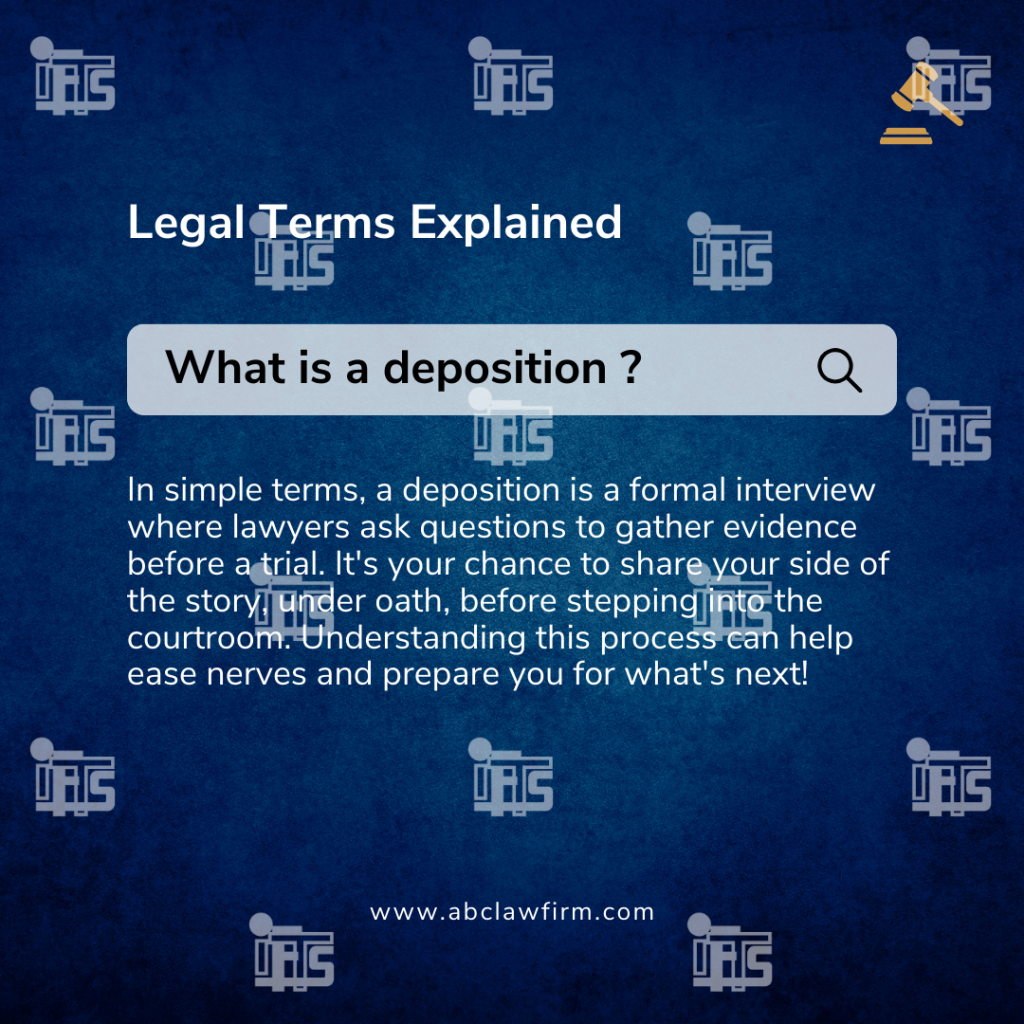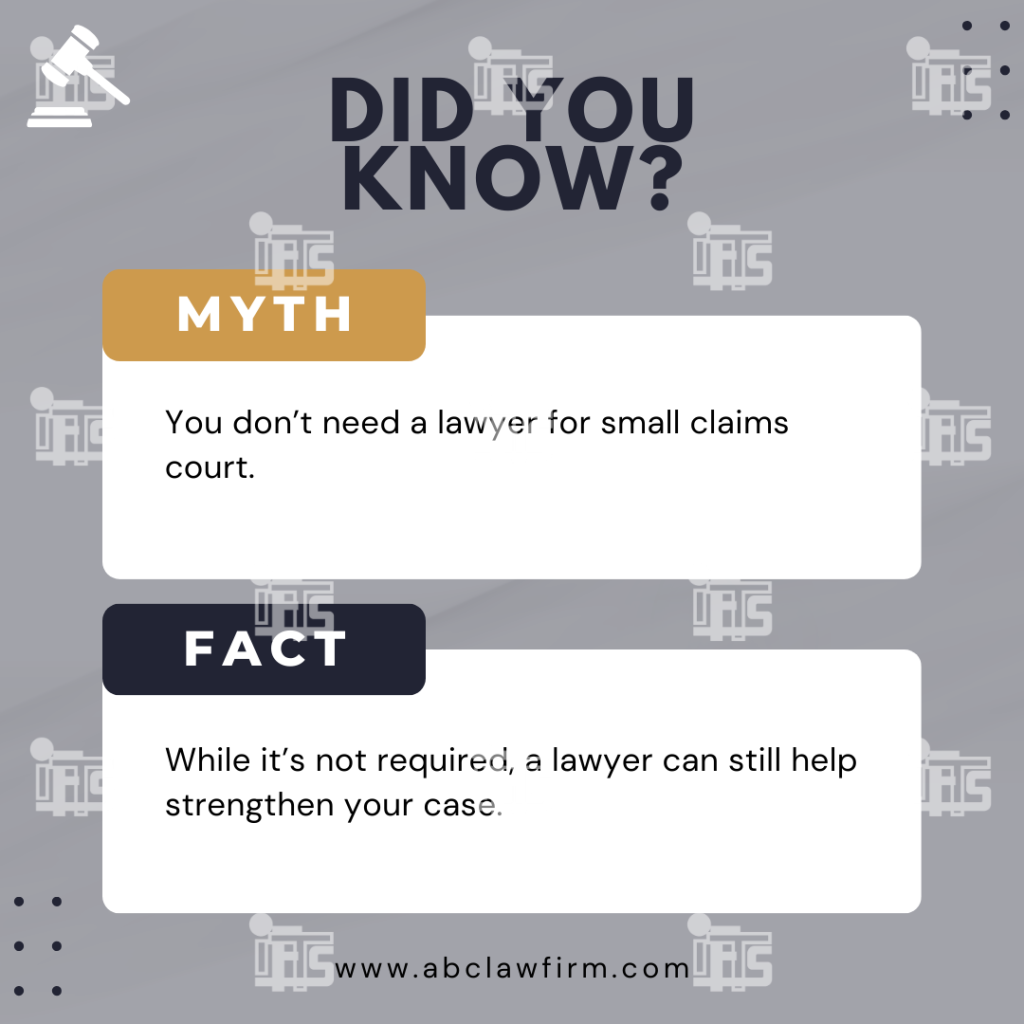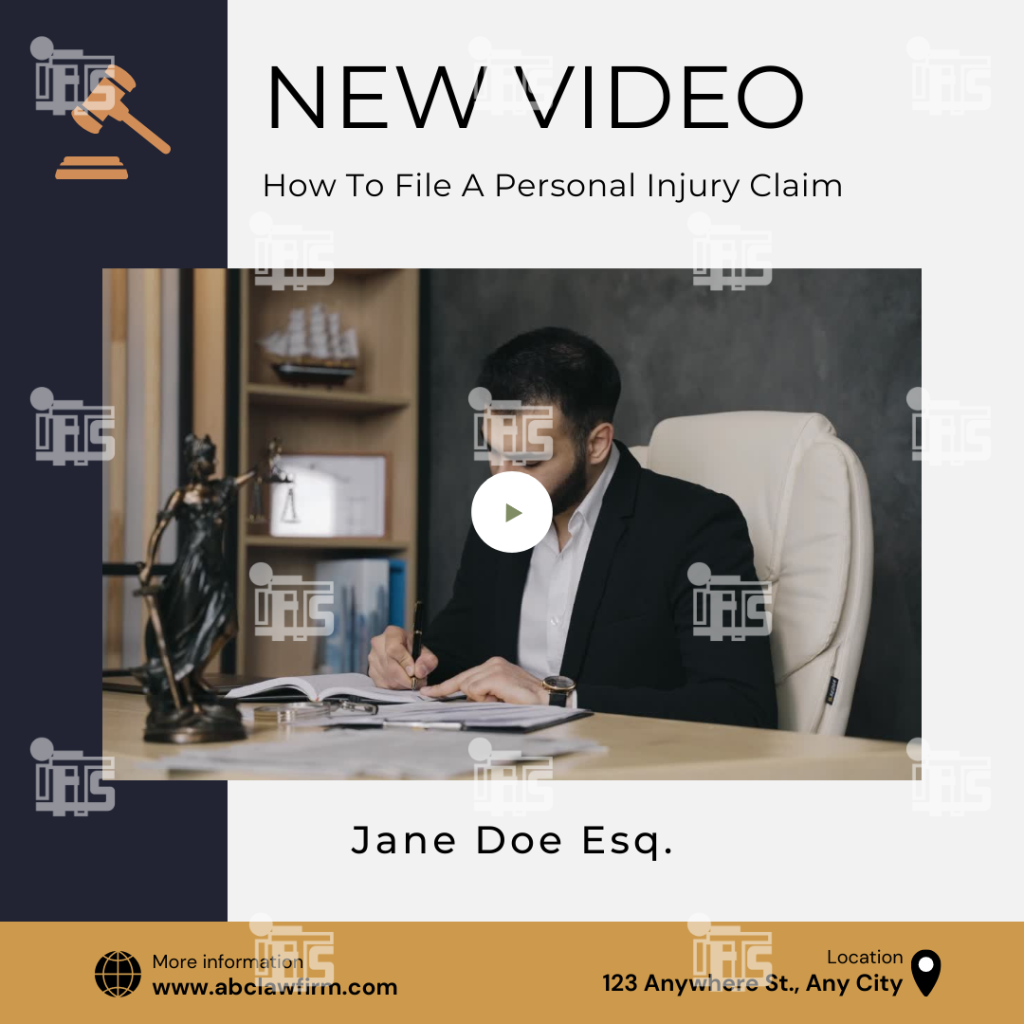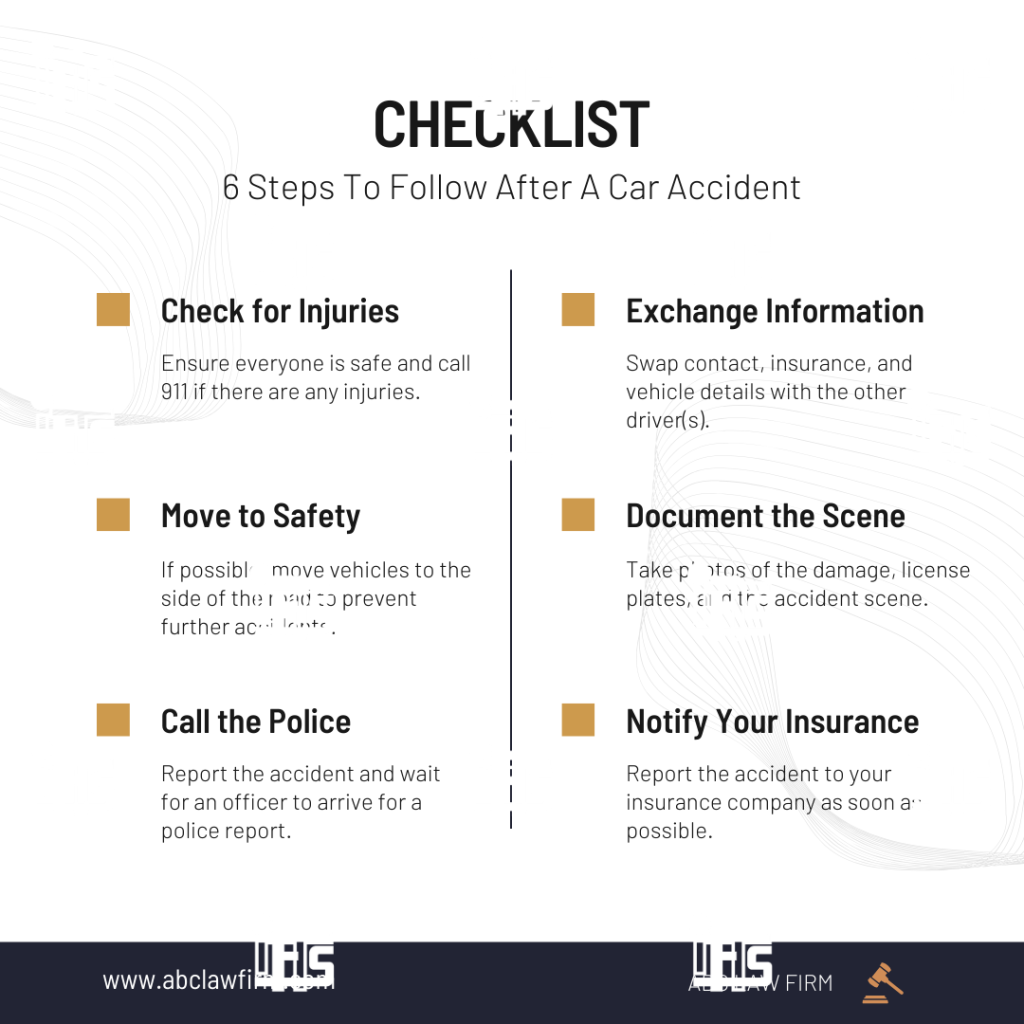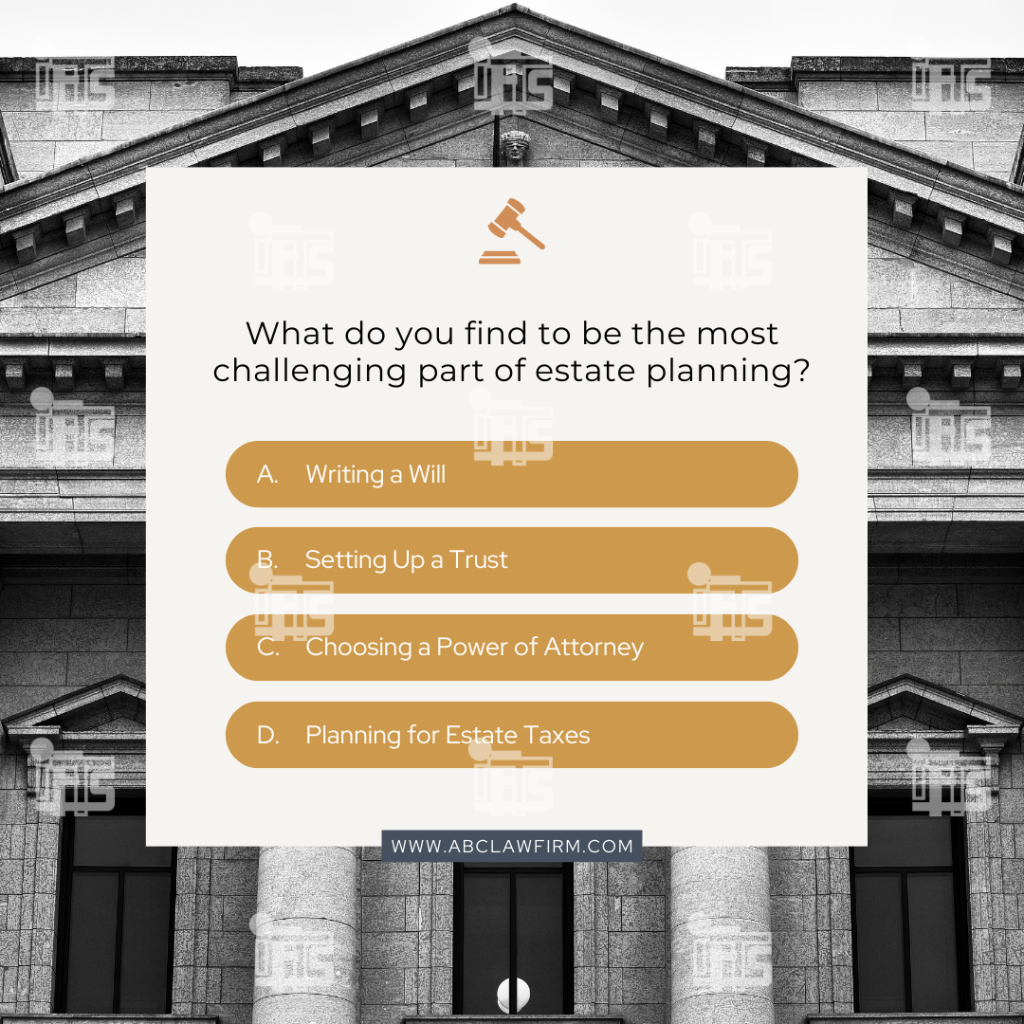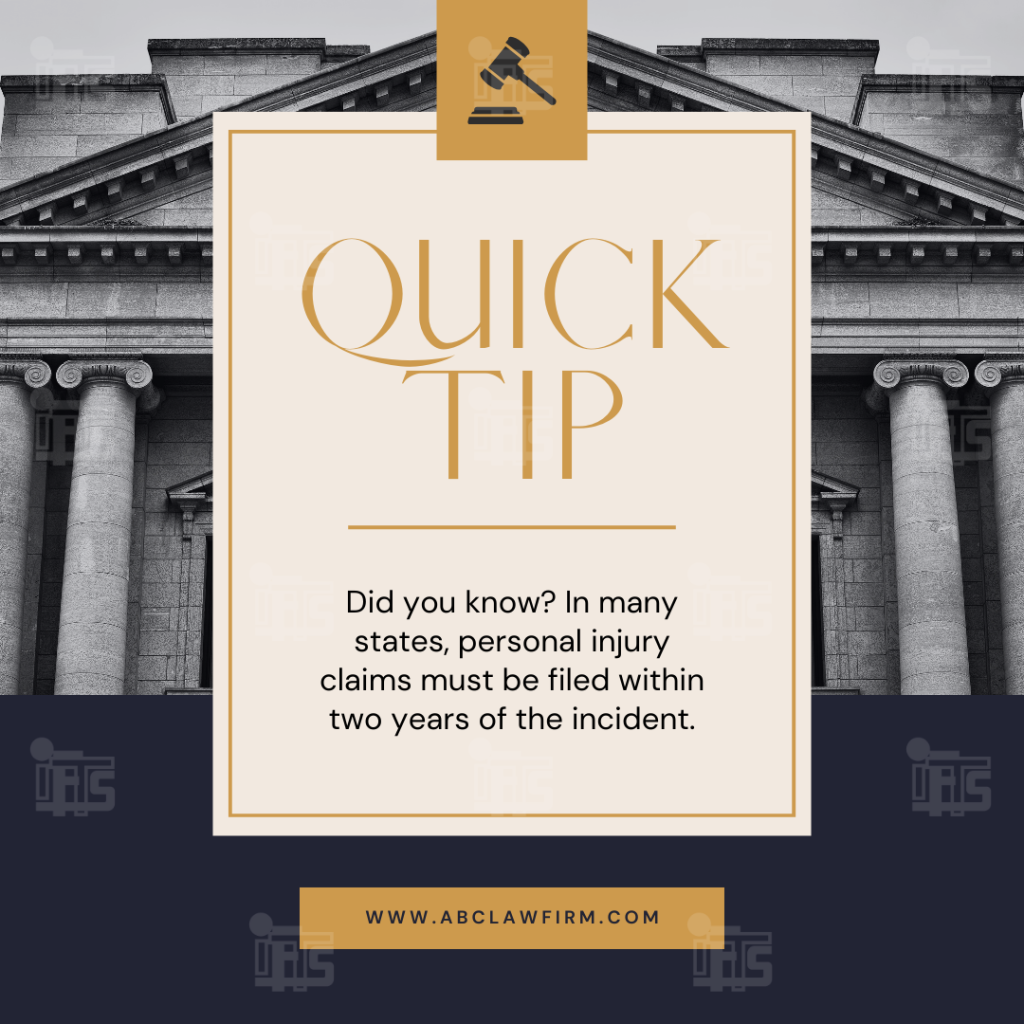Are you answering the same legal questions over and over again? What if those repetitive questions could become one of your most powerful client attraction tools?
Well today you’ll learn exactly how to identify, structure, and leverage legal FAQs that your ideal clients are actually searching for—not just what your competitors think they’re searching for.
The Three Critical Mistakes Law Firms Make with FAQ Content

Most law firms unintentionally sabotage their FAQ efforts by making three major mistakes:
- Answering questions that are too technical.
Dense legal explanations overwhelm readers and push them away. - Using legal jargon that confuses potential clients.
Potential clients don’t speak “legalese.” If your language feels intimidating, they’ll bounce. - Failing to create an emotional connection.Without empathy, your answers feel cold—and potential clients won’t take the next step toward hiring you.
Why FAQs Outperform Other Types of Marketing Content

In my experience working with law firms, well-crafted FAQ content consistently outperforms other forms of marketing.
Attorneys who build strategic FAQ systems report:
- Higher engagement from potential clients.
- Better conversion rates compared to traditional blog posts or ads.
Why? Because you’re directly addressing the specific, real-world concerns people have when deciding whether to hire an attorney.
Introducing the FAQ Formula

To create FAQs that truly attract high-value clients, use what I call the FAQ Formula:
Empathy → Education → Example → Call to Action
Let’s break it down:
Step 1: Identify High-Intent Questions
Not all questions are created equal. Focus on high-intent questions—the ones people search when they’re close to hiring an attorney.
Instead of answering, “What is personal injury law?”, answer:
- “How much is my car accident case worth?”
- “Should I accept the insurance company’s first offer?”
These types of questions show the person is already in decision-making mode, not just casually browsing.
Step 2: Craft Answers that Convert

Each answer should follow this flow:
- Empathy: Acknowledge the emotions behind the question.
- Education: Clearly explain what they need to know, in plain language.
- Example: Share a quick (anonymous) story that shows your experience.
- Call to Action: Offer a helpful next step without sounding pushy.
For example:
Weak answer:
“Divorces typically take 6-12 months depending on complexity.”
High-converting answer:
“We understand the uncertainty around divorce timelines can be stressful—you’re trying to plan your future while everything feels on hold. In Pennsylvania, uncontested divorces usually take 3-6 months, while contested divorces can stretch to 12-18 months.
Recently, we helped a client complete their moderately complex divorce in just 4 months through strategic mediation, saving thousands in litigation costs. If you’d like a more specific timeline for your situation, our Divorce Timeline Assessment can help clarify your next steps.”
See how much more approachable—and persuasive—the second answer feels?
Why (and How) You Should Distribute Your FAQ Content Everywhere

Once you create your FAQ content, don’t stop at posting it on your website.
Maximize its reach by sharing it:
- On your website (for SEO)
- As a video on YouTube and Rumble (to build trust)
- As short social media posts on LinkedIn, Facebook, Instagram
- In email newsletters
- On your Google Business Profile
One great FAQ can become five or more pieces of powerful marketing content.
Why Now Is the Perfect Time to Start

You might be thinking, “I don’t have time to create all this content.” That’s exactly why most lawyers aren’t doing it effectively—which leaves a wide-open opportunity for you to stand out.
If you’d like a shortcut, grab our free guide:
60 High-Converting FAQ Templates for Lawyers — including templates across multiple practice areas and the exact formulas for structuring answers that attract high-value clients



